- FIBER OPTIC TRANSCEIVERS >200G & 100G Transceivers >100G QSFP28 ER4L 1310 nm 40 km
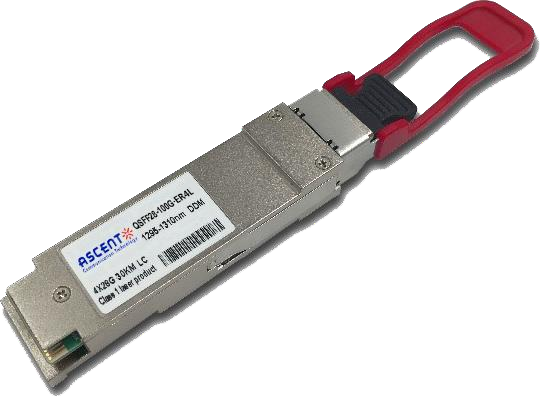
100G QSFP28 ER4L 1310 nm 40 km
Ascentãs 100G QSFP28 ER4 Lite is designed for 40km optical communication applications with FEC on host side. This module contains 4-lane optical transmitter, 4-lane optical receiver and module management block including 2 wire serial inter-face. The optical signals are multiplexed to a single-mode fiber through an industry standard LC connector. Ascentãs 100G QSFP28 ER4 Lite Optical Transceiver offers service providers, network operators 100 Gigabit Ethernet connectivity options for data center networking, enterprise core aggregation, and service provider transport applications. It integrates receiver and transmitter path on one module. In the transmit side, four lanes of serial data streams are recovered, retimed, and passed to four laser drivers. The laser drivers control 4-DML with center wavelength of 1296 nm, 1300nm, 1305nm and 1309 nm. The optical signals are multiplexed to a singleãmode fiber through an industry standard LC connector. In the receive side, the four lanes of optical data streams are optically de-multiplexed by the integrated optical de- multiplexer. Each data stream is recovered by a APD and trans-impedance amplifier, retimed. This module features a hot-pluggable electrical interface, low power consumption and 2-wire serial interface. This product is designed with form factor, optical/electrical connections, and digital diagnostic interface according to the QSFP28 Multi-Source Agreement (MSA) and compliant to IEEE 802.3bm.
ôñ Support line rates from 103.125 Gb/s
ôñ Transmission data rate up to 25.78125Gbps per channel
ôñ Up to 30km transmission on single mode fiber
ôñ Up to 40km reach for G.652 SMF with FEC
ôñ LAN WDM DML laser and APD
ôñ High speed I/O electrical interface (CAUI-4)
ôñ I2C interface with integrated Digital Diagnostic monitoring
ôñ QSFP28 MSA package with duplex LC connector
ôñ Single +3.3V power supply consumption
Commercialÿ¥< 4.5W
Industrialÿ¥<5.5W
ôñ Temperature Range:
Commercialÿ¥0ô¯C to +70ô¯C
Industrialÿ¥-40ô¯C to +85ô¯C
ôñ Complies with EU Directive 2015/863/EU
ôñ Compliant with IEEE802.3ba-2010 100GBase-ER4 (MAC and PCS)
ôñ Compliant with QSFP28 Multi-Source Agreement MSA (PMD)
Absolute Maximum Ratings
Parameter Storage Temperature | Symbol Ts | Min. -40 | Max. 85 | Unit ô¯C |
Maximum Supply Voltage | VCC | -0.5 | 3.6 | % |
Operating Relative Humidity | RH | 85 | V |
Recommended Operating Conditions
Parameter Operating Case Temperature | Symbol Top | Min. 0 | Typ.
| Max. +70 | Unit ô¯C | Note QSFP28-100G-ER4L |
-40 | +85 | ô¯C | Q28-100G-ER4LA | |||
Power Supply Voltage | VCC | 3.13 | 3.3 | 3.47 | V | |
Power Supply Current | ICC | - | 1.36 | A | QSFP28-100G-ER4L | |
1.67 | A | Q28-100G-ER4LA | ||||
Maximum Power Dissipation | PD | 4.5 | W | QSFP28-100G-ER4L | ||
5.5 | Q28-100G-ER4LA | |||||
Aggregate Bit Rate | BRAVE | 103.125 | Gb/s | |||
Lane Bit Rate | BRLANE | 25.78125 | Gb/s | |||
Transmission Distance | TD | 30 | km | |||
TD | 40 | km | With FEC | |||
Coupled Fiber | Single-mode fiber | 9/125 ôçm SMF | ||||
Optical Characteristics
Parameter | Symbol | Min. | Typ. | Max. | Unit | Notes |
Transmitter | ||||||
Signaling Speed per Lane | 25.78125 | Gbps | ||||
Lane Wavelength | L0 | 1294.53 | 1295.56 | 1296.59 | nm | |
L1 | 1299.02 | 1300.05 | 1301.09 | nm | ||
L2 | 1303.54 | 1304.58 | 1305.63 | nm | ||
L3 | 1308.09 | 1309.14 | 1310.19 | nm | ||
Total Average Launch Power | PT | 12.5 | dBm | 1 | ||
Average Launch Power per Lane, | Pavg | -2.5 | 6.5 | dBm | 1 | |
OMA, each Lane | POMA | 0 | 6.5 | dBm | 1 | |
Difference in Launch Power between Any Two Lanes(Average and OMA) between Any Two Lanes(OMA) | Ptx, diff | 3 | dB | |||
Average Output Power(Laser Turn Off) | Poff | -30 | dBm | |||
Side Mode Suppression Ratio | SMSR | 30 | dB | |||
Extinction Ratio | ER | 4.5 | dB | |||
RIN20OMA | RIN | -130 | dB/Hz | |||
Optical Return Loss Tolerance | TOL | 20 | dB | |||
Transmitter Reflectance | RT | -26 | dB | |||
Optical Eye Mask | {0.25,0.4, 0.45, 0.25, 0.28, 0.4} | % | 2 | |||
| Receiver | ||||||
Signaling Rate, each Lane | 25.78125 | Gbps | ||||
Center Wavelength Lane 0 | ö£0 | 1294.53 | 1295.56 | 1296.59 | nm | |
Center Wavelength Lane 1 | ö£1 | 1299.02 | 1300.05 | 1301.09 | nm | |
Center Wavelength Lane 2 | ö£2 | 1303.54 | 1304.58 | 1305.63 | nm | |
Center Wavelength Lane 3 | ö£3 | 1308.09 | 1309.14 | 1310.19 | nm | |
Damage Threshold , each Lane | Pdamage | -2.5 | dBm | |||
Receiver Sensitivity, each Lane | SEN | -18.5 | dBm | 3 | ||
Los Assert | LosA | -30 | dBm | |||
Los De-assert | LosDA | -22 | dBm | |||
Los Hysteresis | LosH | 0.5 | dB | |||
Note:
1. The optical power is launched into SMF.
2. Measured with a PRBS 231-1 test pattern @25.78125, Hit ratioãÊ5E-5.
Electrical Characteristics
Parameter | Symbol | Min | Typ | Max | Unit | Notes |
Transmitter (Module Input) | ||||||
Data Rate, each Lane | 25.78125 | Gbps | ||||
Differential Voltage pk-pk | Vpp | 900 | mV | 1 | ||
Common Mode Voltage | Vcm | -350 | 2850 | mV | ||
Transition Time | Trise/Tf all | 10 | ps | 2 | ||
Receiver (Module Output) | ||||||
Data Rate, each Lane | 25.78125 | Gbps | ||||
Common Mode Noise, RMS | Vrms | 17.5 | mV | |||
Differential Output Voltage Swing | Vout, pp | 900 | mV | |||
Eye Width | EW15 | 0.57 | UI | |||
Eye Height | EH15 | 228 | mV | |||
Differential Termination Resistance Mismatch | 10 | % | 1 | |||
Transition Time | Trise/Tf all | 12 | ps | |||
Note:
1. At 1 MHz
2. 20% to 80%.
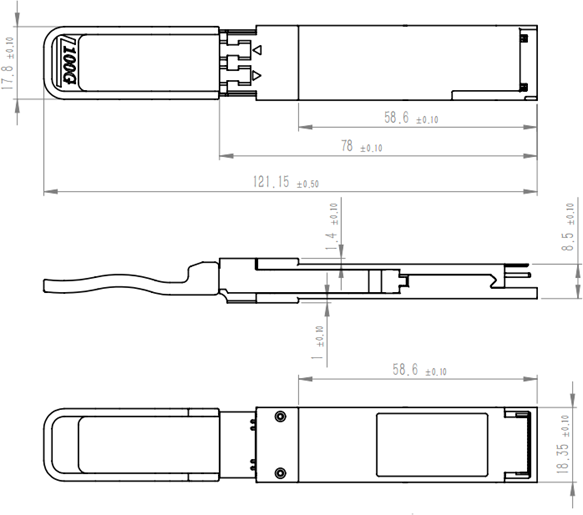
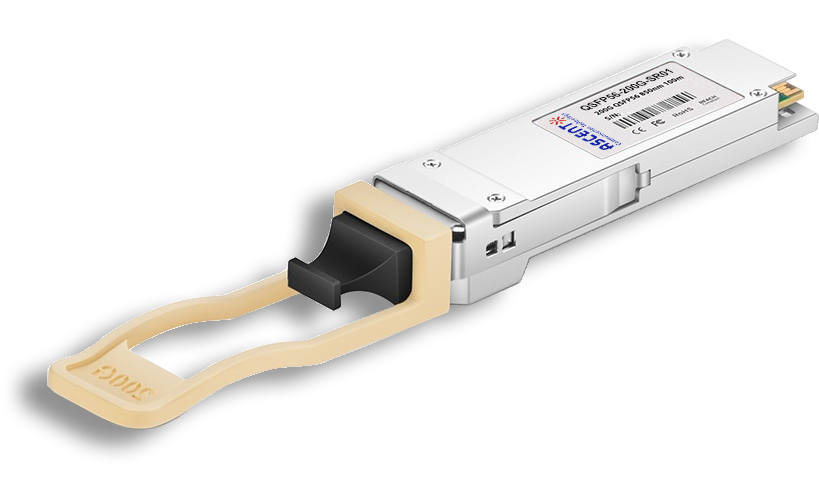
200G QSFP56 SR4 850 nm 100 m
QSFP56-200G-SR01 200 Gb/s QSFP56 SR4 850 nm 100 m Transceiver

100G QSFP28 LX4 2km
100 Gb/s 2km QSFP28 LX4 Transceiver

100G QSFP28OA LR4 10km
100 Gb/s 10 km QSFP28 LR4 Transceiver

100G QSFP28 ZR4 1310 nm 80 km
QSFP28-100G-LP80 QSFP28 100 Gbps ZR4 Transceiver
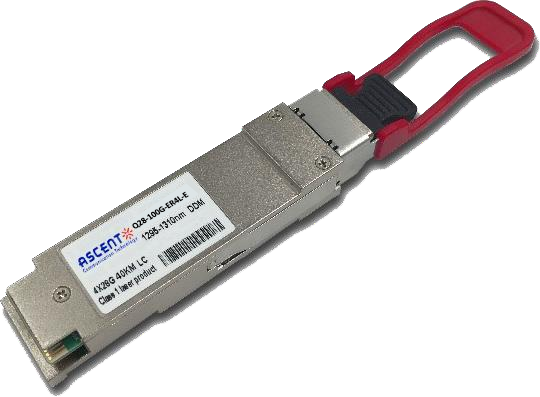
100G QSFP28 ER4LE 1310 nm 40 km
100 Gb/s 40 km QSFP28 ER4 Lite EML Transceiver
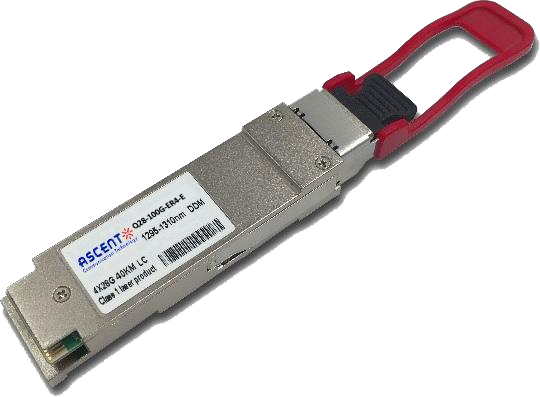
100G QSFP28 ER4E 1310 nm 40 km
100 Gb/s 40 km QSFP28 ER4 EML Transceiver
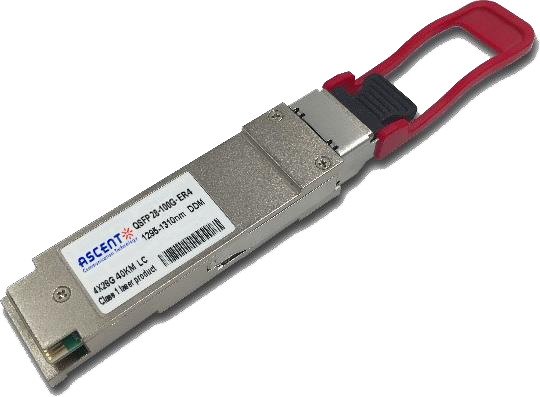
100G QSFP28 ER4 1310 nm 40 km
100 Gb/s 40 km QSFP28 ER4 Transceiver
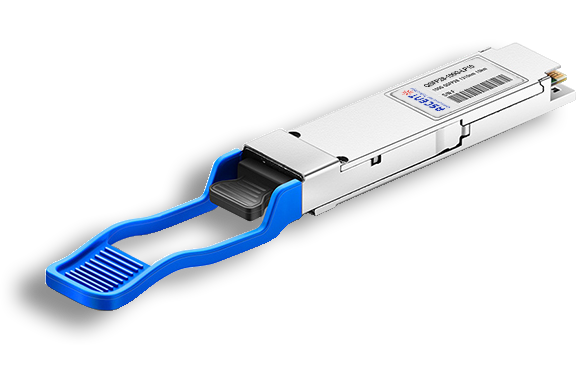
100G QSFP28 LR4 1310 nm 10 km
QSFP28-100G-LP10 100 Gb/s 10km QSFP28 LR4 Transceiver
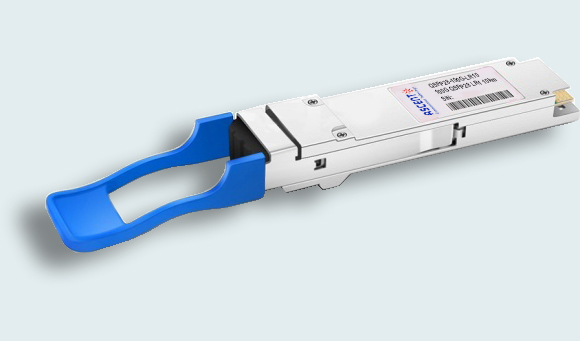
100G QSFP28 LR Single ö£ 10 km
100G QSFP28 LR1 10 km Single Channel

100G QSFP28 DR Single ö£ 500 m
QSFP28 100G DR Single Lambda Transceiver
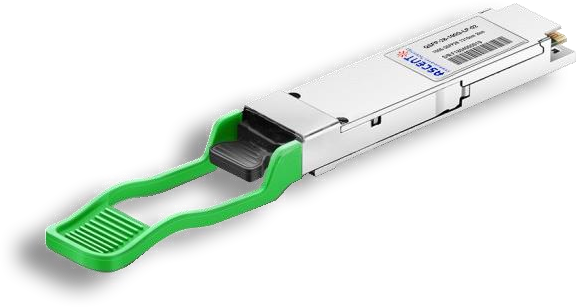
100G QSFP28 CWDM4 1310 nm 2 km
QSFP28-100G-LP02 QSFP28 100 Gbps CWDM4 Transceiver
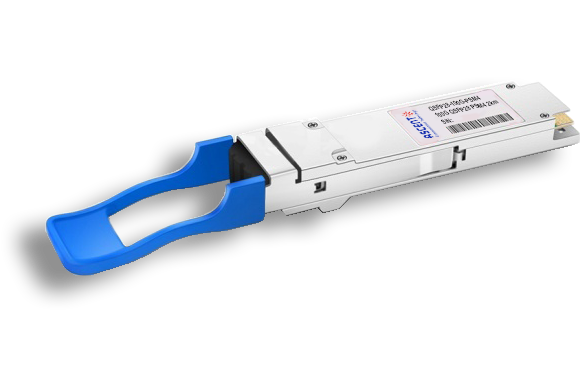
100G QSFP28 PSM4 1310 nm 2 km
QSFP28-100G-PSM4 100 Gb/s 1310 nm 2 km Transceiver
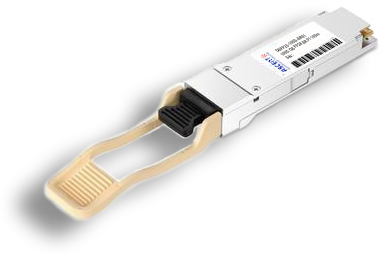
100G QSFP28 SR4 850 nm 100 m
QSFP28-100G-SR01 100 Gb/s SR4 850 nm 100 m Transceiver

100G QSFP28 FR 1310 nm 2 km
SFP-DD 100G-FR1 Optical Transceiver 2km
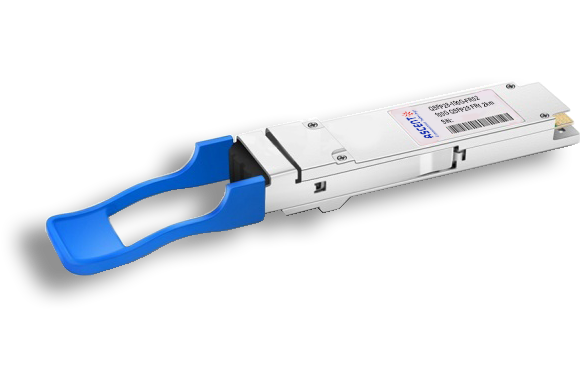
100G QSFP28 FR Single ö£ 1310 nm 2 km
QSFP28-100G-FR02 FR1 1310 nm 2 km Transceiver
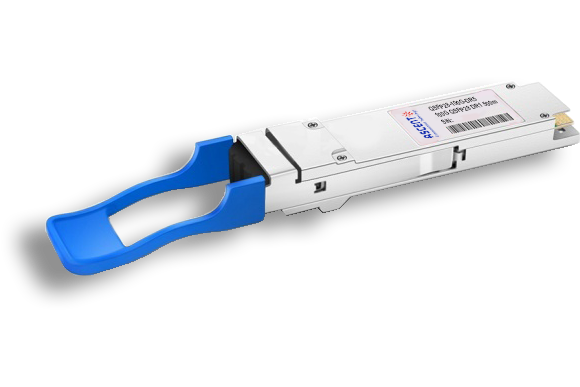
100G QSFP28 DR Single ö£ 500 m
QSFP28-100G-DR5 DR1 1310 nm 500 m Transceiver

100G QSFP28 SR01 BIDI MMF 850nm 100m
QSFP28 BIDI 100 Gb/s SR Transceiver 100m

100G QSFP28 BIDI 80km
QSFP28 BIDI 100 Gb/s ZR4 Transceiver 80km

100G QSFP28 BIDI 40km
QSFP28 BIDI 100 Gb/s ER Transceiver 40km

100G QSFP28 EZR4 100km
QSFP28 100Gb/s EZR4 Transceiver 100km

100G SFP56 ER1 30km
SFP56-DD 100G-ER1 Optical Transceiver 30km

100G SFP56 LR1 10km
SFP56-DD 100G-LR1 Optical Transceiver 10km
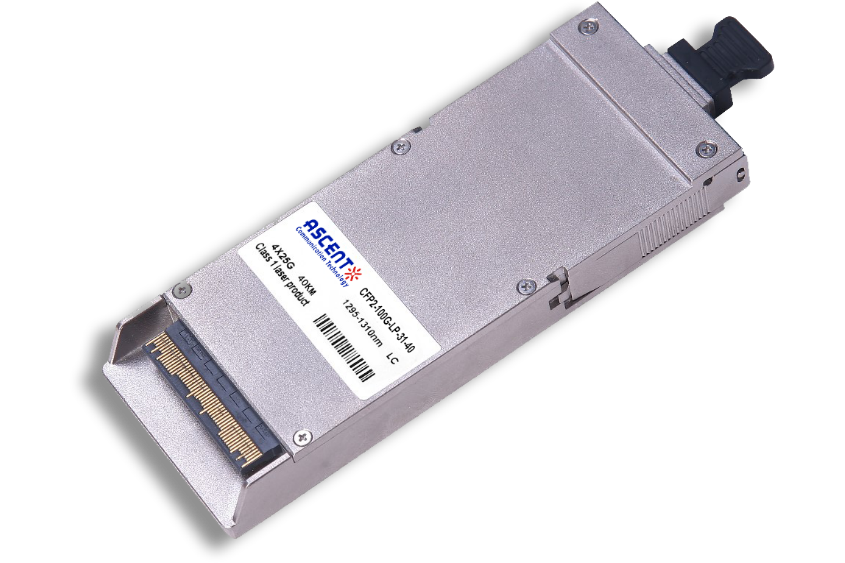
100G CFP2 ER4 40 km
CFP2-LP-31-40 100 Gb/s CFP2 ER4 40 km Transceiver
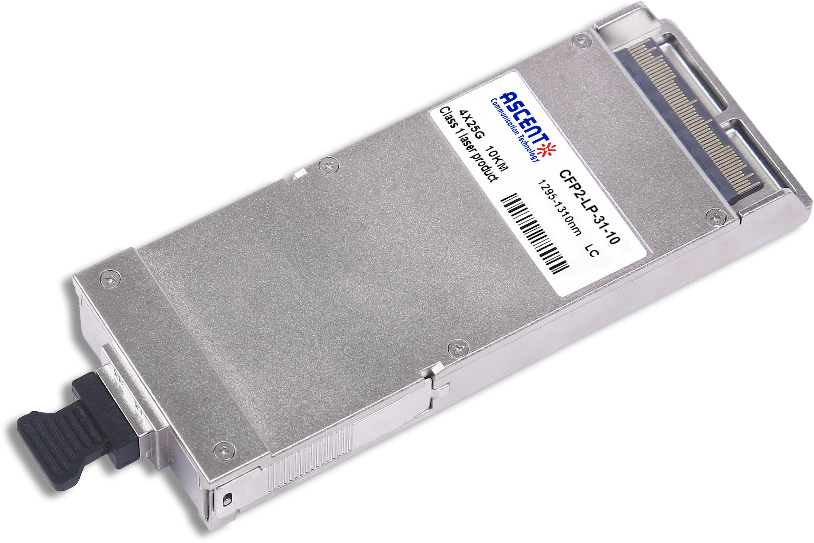
100G CFP2 LR4 10 km
CFP2-LP-31-10 100 Gb/s CFP2 LR4 10 km Transceiver
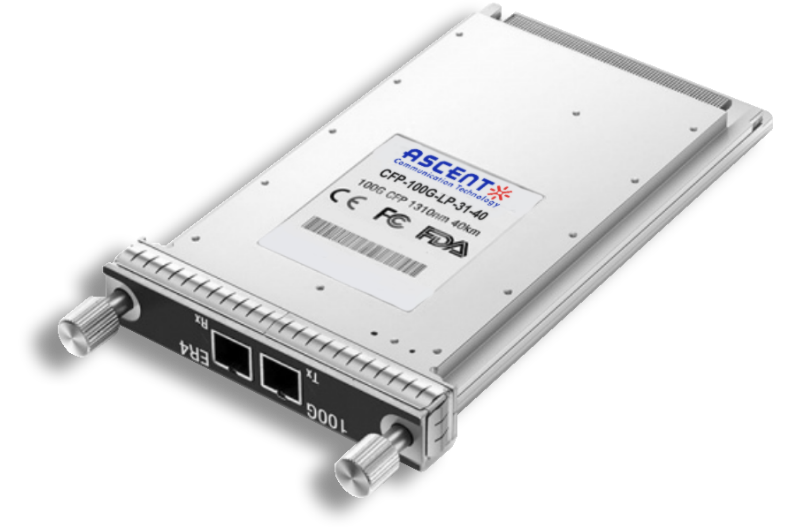
100G CFP ER4 40 km
CFP-LP-31-40 100 Gb/s CFP ER4 40 km Transceiver
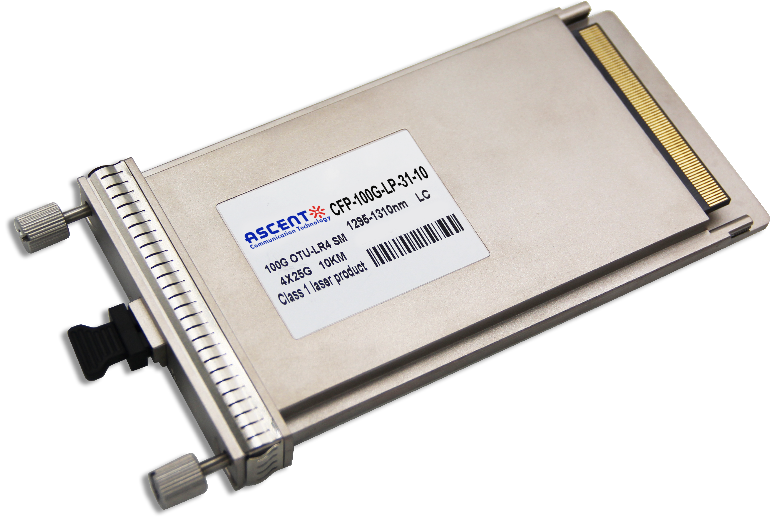
100G CFP LR4 10 km
CFP-LP-31-10 100 Gb/s CFP LR4 10 km Transceiver
White Paper
Press Releases
Briefings 1
Briefings 2
Videos, etc.
QRG
Manual1
Manual2
Get in touch with our experts
Feedback